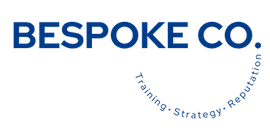Amber’s passion and ability to unpack ideas



Managing the Media was a really concise, hands-on workshop that made all the difference to how I plan and execute my ideas for media interviews, whether they be online, print or broadcast. Amber’s passion and ability to unpack ideas targeted at my level was valuable and memorable.

IFAW has worked exclusively with Amber Daines as our media trainer since 2012, for a number of high profile media campaigns. Our media spokespersons have learned invaluable media interview techniques and mastered their own authentic style with her guidance and input.
Rebekkah Thompson-Jones







